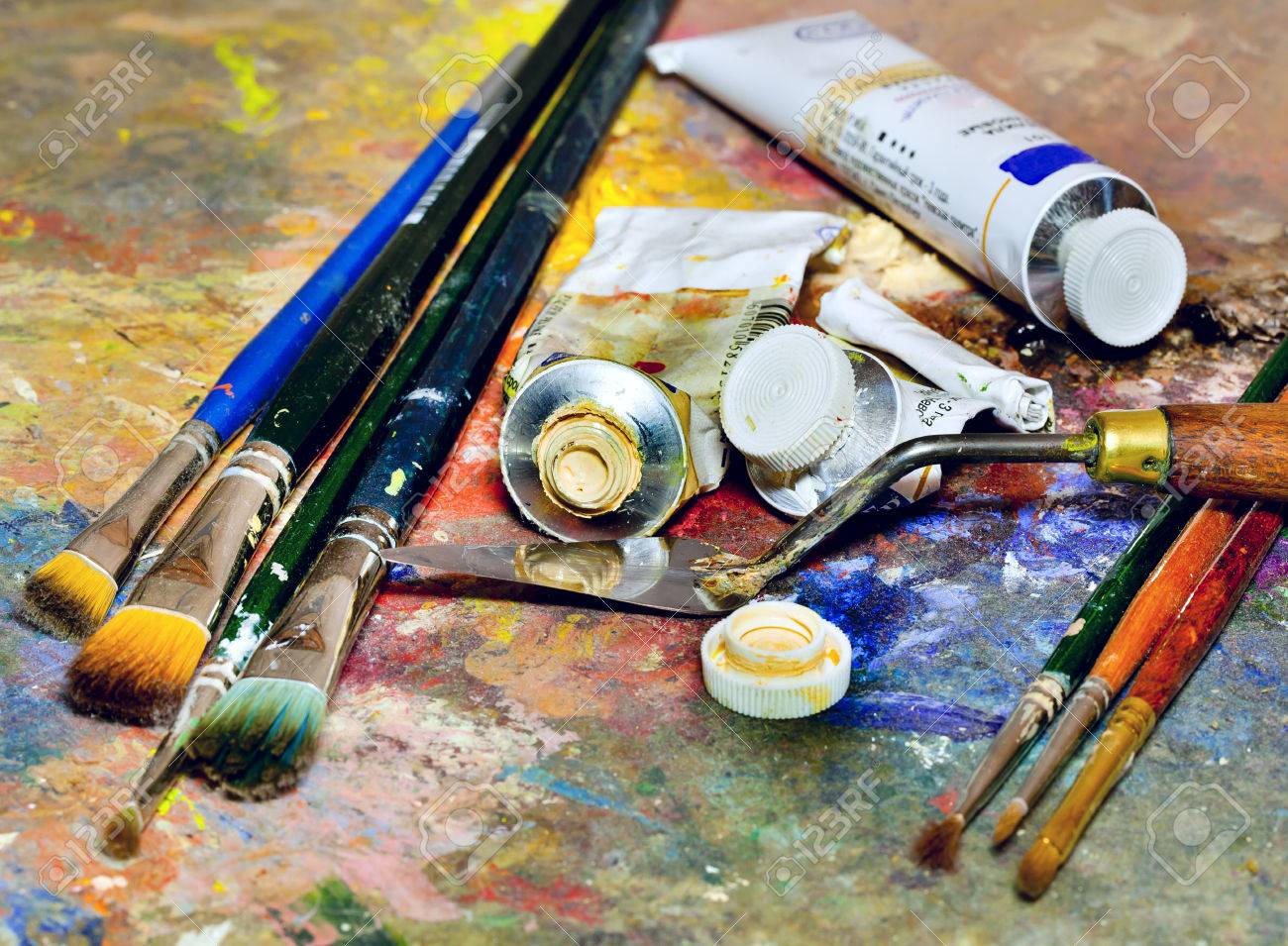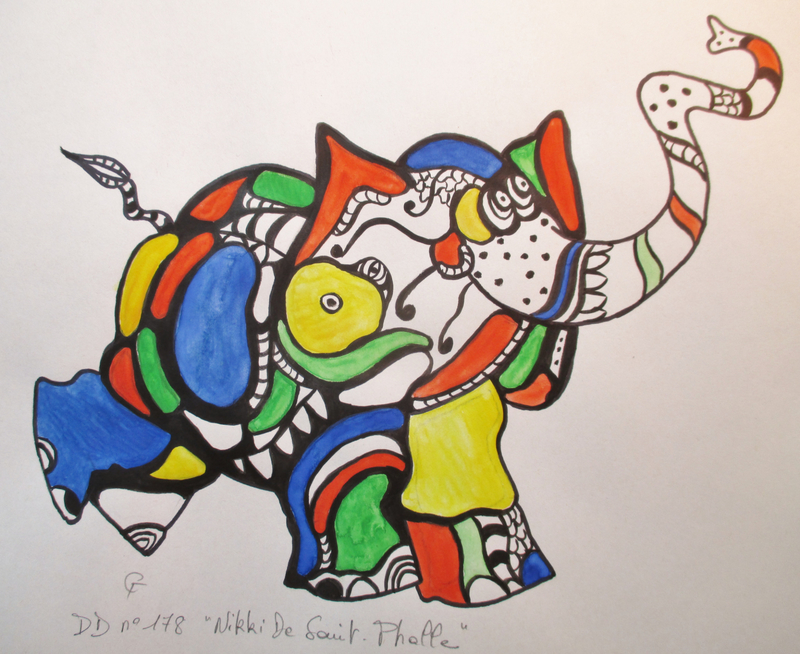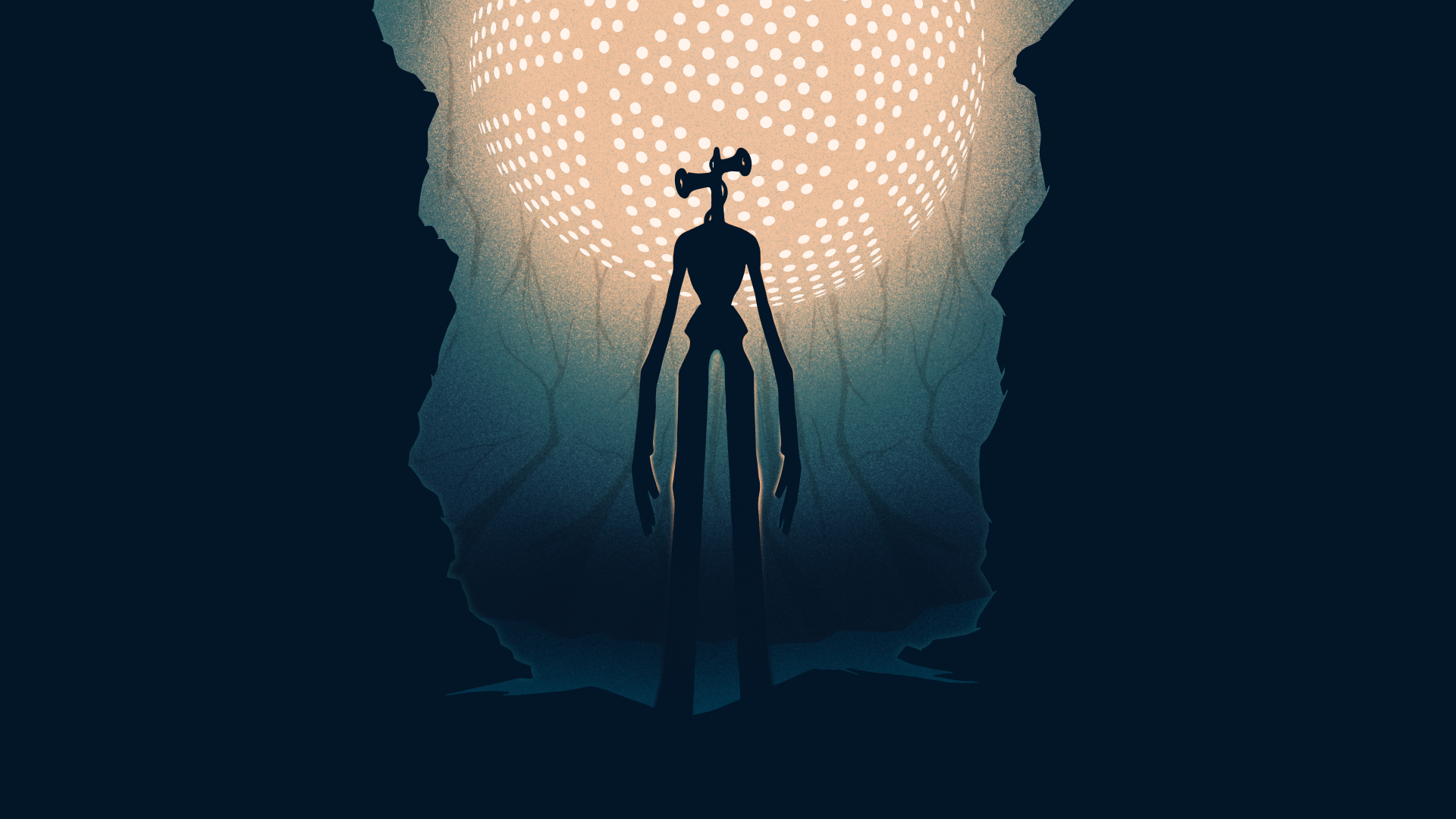Visual arts activities are associated with healthy emotional development in children. Artistic activities stimulate the imagination, facilitate expression and above all energize the child’s creative processes.
For all these good reasons, we offer a visual art activity à la Niki de Saint Phalle.
Who is Niki de Saint Phalle ?
Niki de Saint Phalle is a visual artist who was born in Paris, France in 1930 but grew up in New York, in the United States. She was a painter, sculptor and film director. Drawing inspiration from several trends, such as art brut and outsider art, she began painting in 1952.
Niki has also created a large number of monumental sculptures in sculpture parks. She loved to wear flamboyant clothes, like her works of art which are large, colourful and very unique. We especially know her for her “Nanas”, sculptures and paintings of busty and colourful women.
Niki de Saint Phalle died in 2002 leaving behind a large legacy of artwork.

Step 1 : Material
To create a work in the same style as that of Niki de Saint Phalle, you will need;
- A sheet of paper or canvas;
- Black felt-tip marker or black paint;
- Colouring pencils or paint.

Step 2 : Creation
You are free to choose the subject of your work. It can be an animal, a tree, a silhouette, etc. The subject should be traced with a black marker or with black paint. Like Niki’s works, the black outlines of your subject should be clearly visible, much like the illustrations in colouring books.
You must also add sections and shapes, in your drawing. These shapes will be coloured in the next step. You can let examples of the artist’s work inspire you. If this step is too difficult for the little ones, we invite you to create step 1 for them. Here are some models that you can recreate or print.

Step 3 : The coulours!
Once your subject is finished, the contours are well-drawn and you have defined spaces and shapes inside it, it is time to put colour in these spaces. To do this, you can colour the shapes of your subject using colouring pencils or paint.
Use bright colours and have fun!
Diary
On today’s logbook page, kids can document today’s activity. For example, by describing the emotions experienced during while they were drawing. The possibilities are endless!
We invite parents to ask their kids questions about today’s activity to feed and improve on their journal entry as well as to engage them in a nice conversation. Here are some questions you can ask:
- What does the subject you have chosen to illustrate represent to you.
- Do you know other visual artists and if so which ones?
- What did you prefer to do in this activity, the contours or the colouring?
Did you know...
- … Concentration, sense of observation, thoroughness and patience are among the many benefits of artistic activities? From 1 or 2 years of age, the child practices watching, reproducing and above all interpreting the world around him. Kids express their ideas in a language other than speech and bring out their subconsciousness while focusing on themselves.
- … Creating things, imagining them, seeing them taking shape with their own hands give them great self-confidence and encourages them to surpass themselves?
- … Artistic creation develops fine motor skills and coordination of movements? The child learns to hold tools correctly and to make increasingly precise gestures.
To take this activity further, or artistic activities in general, here is an article that gives advice on how to stimulate the creativity of your children.
Activity by Matante Claudette.







